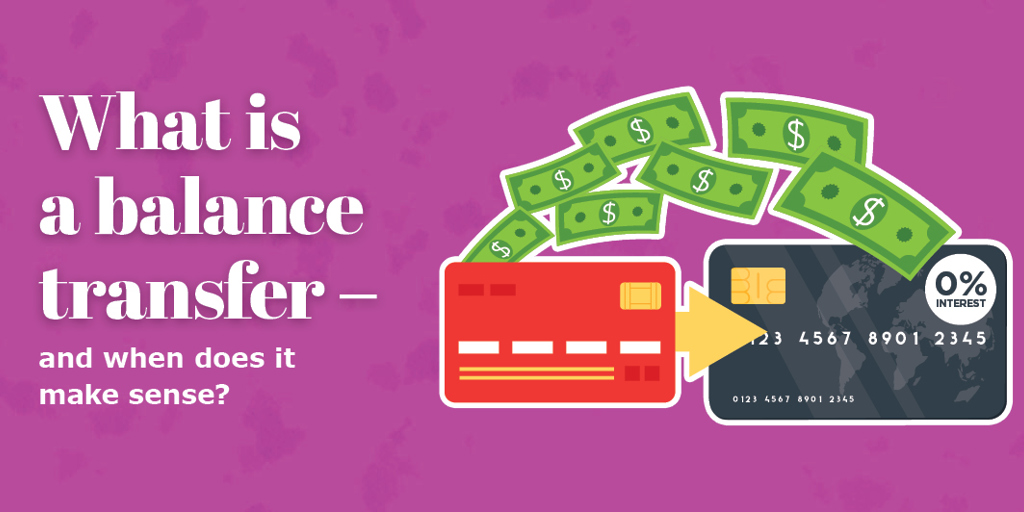
If you’re carrying high-interest credit card debt, balance transfers can be a game-changer in your journey to financial freedom. By shifting your debt to a lower or 0% interest credit card, you can save money on interest and pay off your balances faster. Here’s how to make the most of balance transfers and get ahead on your debt repayment goals.
1. Understand How Balance Transfers Work
A balance transfer involves moving your existing credit card debt to a new card with a lower interest rate. Many credit cards offer promotional periods with 0% APR for a set time (often 12-18 months). During this time, your payments go directly toward reducing the principal balance instead of being eaten up by interest.
2. Choose the Right Balance Transfer Card
Not all balance transfer cards are created equal. Look for a card that offers:
- A long 0% APR promotional period
- Low or no balance transfer fees
- A reasonable ongoing interest rate after the promotional period ends
Be sure to check the credit score requirements for the card to ensure you’re eligible.
3. Calculate the Costs
Balance transfers often come with fees, typically 3-5% of the amount transferred. For example, transferring $5,000 with a 3% fee will cost $150. Make sure the interest savings outweigh the cost of the transfer fee.
4. Make a Plan to Pay Off the Balance
Take advantage of the interest-free period by creating a repayment plan. Divide the total balance by the number of months in the promotional period to determine your monthly payment. For example, if you transfer $6,000 to a card with a 12-month 0% APR period, aim to pay $500 each month.
5. Avoid Adding New Debt
One common pitfall of balance transfers is continuing to use the old credit card after transferring the balance. This can lead to more debt and negate the benefits of the transfer. Commit to avoiding unnecessary purchases and focus on paying down your existing balances.
6. Pay On Time
Missing a payment can result in losing your 0% APR promotion and facing penalty interest rates. Set up automatic payments or calendar reminders to ensure you never miss a due date.
7. Read the Fine Print
Before committing to a balance transfer, carefully review the terms and conditions. Key details to look out for include:
- The length of the promotional period
- The balance transfer fee
- The APR after the promotional period ends
8. Monitor Your Progress
Track your payments and remaining balance throughout the promotional period. This will help you stay on track and avoid surprises when the 0% APR period ends.
Final Thoughts
Balance transfers can be a powerful tool to pay down debt faster and save on interest, but they’re most effective when paired with disciplined spending and a solid repayment plan. By following these steps, you can maximize the benefits of a balance transfer and take control of your financial future.
Have you used a balance transfer to tackle your debt? Share your experiences and tips in the comments below!
